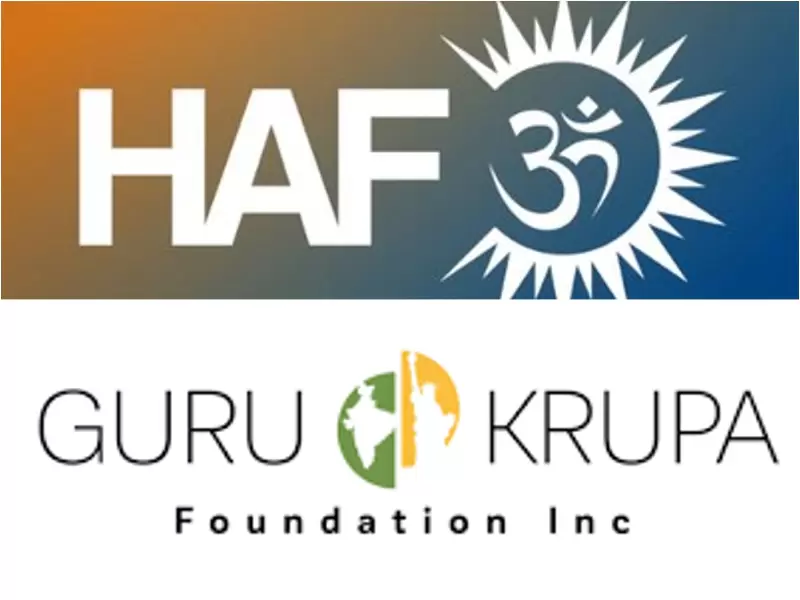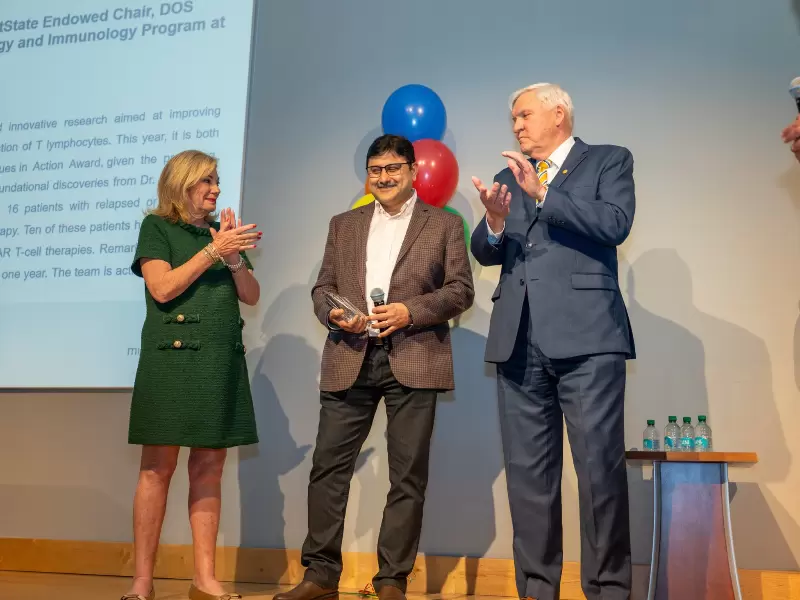American Astronomical Society names Priyamvada Natarajan as fellow
She has been elected for her groundbreaking work in dark matter and black hole physics
.jpg) Natarajan has received numerous honors / Image - Yale University
Natarajan has received numerous honors / Image - Yale University
Yale University theoretical astrophysicist Priyamvada Natarajan has been elected a fellow of the American Astronomical Society (AAS) for her work in dark matter and black hole physics, mapping the unseen universe.
The AAS recently announced the election of 21 new fellows, recognizing their efforts in advancing humanity's scientific understanding of the universe.
Natarajan, the Joseph S. and Sophia S. Fruton professor and chair of astronomy and professor of physics in the Yale Faculty of Arts and Sciences, was selected for “seminal contributions to our understanding of the nature of dark matter and black hole physics, and for the development of a brand-new framework that enables mapping the detailed distribution of dark matter on small scales within galaxy clusters using gravitational lensing,” AAS said in a statement.
Natarajan has received numerous honors, including being elected a fellow of the American Academy of Arts and Sciences, the American Physical Society, and the American Association for the Advancement of Science. Additionally, she is a recipient of Guggenheim and Radcliffe fellowship.
At Yale, where she has served as a faculty member since 2000, Natarajan holds the position of director of the Franke Program in Science and the Humanities. This program facilitates communication, mutual understanding, collaborative research, and teaching among diverse scientific and humanistic disciplines.
“I am delighted and honored to be recognized by my peers, which is super special,” Natarajan said. “I am so grateful and thrilled for the reactions I’ve had to my research work, and accolades such as this are a wonderful icing on the cake.”
Established in 1899, AAS is a prominent international organization comprising professional astronomers, astronomy educators, and amateur astronomers. Its membership of 8,000 individuals encompasses not only astronomers but also physicists, geologists, engineers, and others whose interests span the diverse spectrum of subjects within the field of astronomical sciences.
ADVERTISEMENT
ADVERTISEMENT
E Paper
Video




 Mehak Luthra
Mehak Luthra








.jpg)



Comments
Start the conversation
Become a member of New India Abroad to start commenting.
Sign Up Now
Already have an account? Login